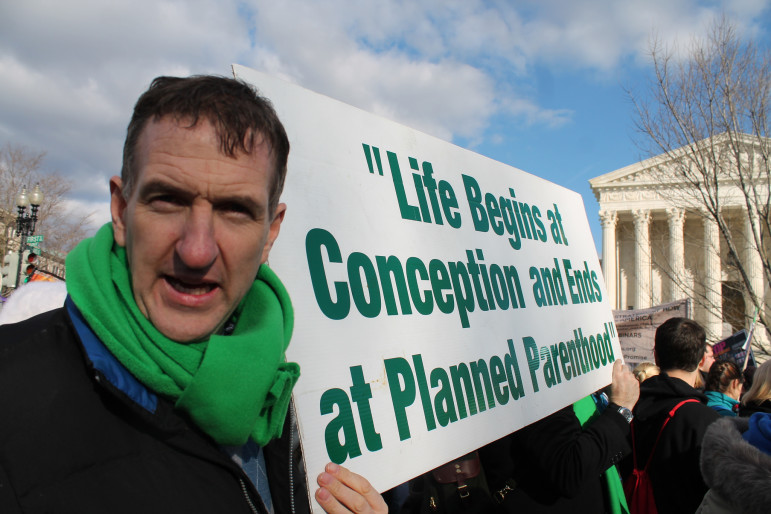In 2010, 40 pro-life Democrats blocked Obamacare until they received a promise that no funds would be used for abortions. Today, there are only two pro-life Democrats serving in the U.S. House of Representatives.
Why the sudden extinction of pro-life Democrats in Congress? The story starts with that vote on Obamacare.
Six years ago, Democrats held a large majority in Congress. About 40 (or 15 percent of the caucus) voted pro-life on abortion-related legislation. There was another 20 who voted against federal funding of abortion.
Many of these legislators represented districts that were part of the old Democratic coalition that included Catholic rust-belt districts and conservative-leaning districts in the South. While the Republicans had become nearly completely pro-life over the previous two decades, Democrats retained a sizeable voting bloc that split from the party on abortion.
When Obamacare came up for a vote in the House, it needed to pass as-is, without any changes or amendments. Even so, pro-life Democrats refused to support the bill without explicit language prohibiting the funding of abortions. Without their support, the bill would not pass. Eventually, pro-life Democrats accepted President Obama’s pledge to issue an executive order banning funding of abortions. The bill passed, and Obamacare became law.
But that was just the beginning of the fight for these Democrats.
To pro-life organizations, a vote for the Affordable Care Act (ACA) was a vote for federal funding of abortion. The ACA lacked any prohibition on funding abortions, and pro-life activists did view the executive order as a sufficient guarantee.
Pro-life organizations openly targeted their former allies. They campaigned against them in the primaries and the general election, claiming that they had flipped their position on abortion.
After the 2010 election, the number of pro-life Democrats had been cut in half. While Democrats lost in a historic landslide, pro-life Democrats lost at a higher rate than others in the party.
In 2012, the remaining twenty or so pro-life Democrats faced another hurdle: redistricting. Most of these legislators came from districts that were more conservative than the typical Democratic district. Republicans in state legislatures were able to make changes in these districts to move them from reddish-blue to blueish-red. The result was another halving of pro-life Democrats.
Of the eight or so left, most retired or lost in 2014.
Today there are two solidly pro-life Democrats in the House: Rep. Daniel Lipinski (D-IL) and Rep. Collin Peterson (D-MN). Lipinski (who happens to be a political science Ph.D.) is a Catholic who represents parts of Chicago and its suburbs. Peterson, an ELCA Lutheran, represents Minnesota’s large, rural district in western Minnesota. About half of the time, they are joined Rep. Henry Cuellar (D-TX).
Democrats for Life are endorsing only four candidates this year. Besides Lipinski and Peterson, Democrats for Life are backing just one other candidate for the House: Jerry Cannon in Michigan’s District 1. The group is also backing Senator Joe Manchin (D-WV), one of the few pro-life Democrats in the Senate.
The Republican party has been almost completely pro-life for years. There are only two pro-choice Republicans: Rep. Robert Dold (R-IL) and Richard Hanna (R-NY). There are a few other members that sometimes join them, such as on the vote for 20-week ban on abortion.
As a result, partisanship is now a near-perfect predictor of how members of Congress vote on abortion-related bills.
One implication of this quick extinction is that we are likely to see Republicans and Democrats in the electorate also become more divided on issues of abortion, contraception, and reproductive rights. Political science has found that when elected officials and party leaders become divided on issues, the parties in voting booth follow along. There was evidence of this evolution around abortion twenty years ago, but many pro-life Democrats were able to keep their seats in Congress. Now that they’re all-but-gone, voting for a Democrat will almost always mean a vote for a pro-choice candidate.
Don’t miss any more posts from the Corner of Church & State. Click the red subscribe button in the right-hand column. Follow @TobinGrant on Twitter and on the Corner of Church & State Facebook page.





